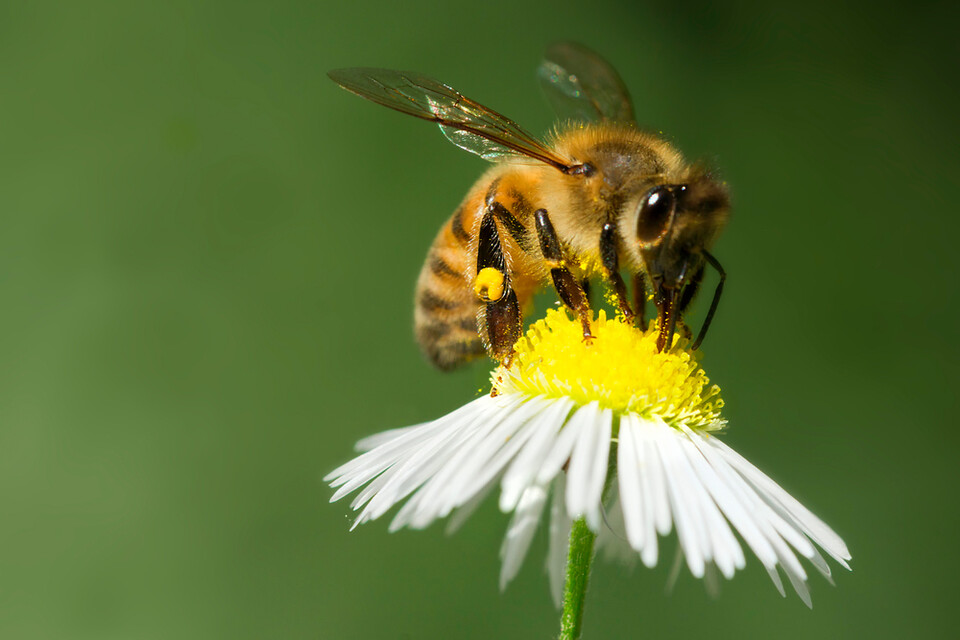The Silent Collapse: Why the Disappearance of Honeybees Is a Global Crisis
The world’s honeybee populations are in freefall, and the consequences could be catastrophic. These small but indispensable pollinators are the backbone of ecosystems and global food production. Their rapid decline is more than an environmental issue—it is a direct threat to biodiversity, agriculture, and human survival.
Honeybees are responsible for pollinating nearly 80% of the world’s flowering plants. Their role in food production is even more staggering: according to the United Nations Food and Agriculture Organization (FAO), honeybees pollinate 71 of the 100 most important crops, which together account for 90% of the world’s food supply.
Their disappearance is already having tangible effects. In regions where honeybee populations have declined, fruit yields have dropped, and prices have surged. Without honeybees, staple foods—including nuts, fruits, and vegetables—could become scarce, leading to global food insecurity.
The collapse of honeybee colonies is not a sudden phenomenon. The crisis gained international attention in the mid-2000s, when North America and Europe experienced mass honeybee die-offs due to Colony Collapse Disorder(CCD). In just one season, a quarter of the Northern Hemisphere’s honeybee population vanished.
South Korea is facing a similar crisis. Honeybee numbers began declining significantly in 2017, and the situation has only worsened. The Ministry of Agriculture, Food and Rural Affairs reported that approximately 7.8 billion honeybees disappeared during the winter of 2023 alone. On Jeju Island, honeybee populations have plummeted by more than 30% in just five years.
Climate Change, Habitat Loss, and Pesticides—A Deadly Combination

The causes behind this crisis are complex and interlinked. Climate change has introduced erratic temperature fluctuations that disrupt honeybee hibernation cycles, increasing winter mortality rates. Warmer-than-usual autumns cause bees to stay active longer, only to die when sudden cold snaps hit. At the same time, an early onset of spring leads to premature blooming, leaving bees without food sources when they emerge from hibernation.
Another major factor is the loss of nectar-rich plants. Greenpeace reports that South Korea’s nectar-producing tree population has declined by 70% since the 1970s and 1980s. This loss of floral diversity weakens honeybees, making them more susceptible to disease, parasites, and pesticide exposure.
Meanwhile, the widespread use of pesticides has further compounded the crisis. Studies have shown that exposure to neonicotinoid pesticides impairs honeybee navigation, weakens their immune systems, and reduces reproductive success. Combined with the growing prevalence of honeybee parasites like the varroa mite, these stressors are pushing honeybee populations to the brink.
The disappearance of honeybees is more than just an ecological concern—it is an urgent warning. Often compared to the “canary in the coal mine,” their decline signals deeper environmental instability.
Greenpeace has warned that the factors driving honeybee losses also threaten South Korea’s 4,000 species of wild bees, butterflies, and other pollinators. “If honeybees are struggling to survive, it means the entire pollinator network is at risk,” the organization stated. “This isn’t just about one species—it’s about the future of ecosystems as we know them.”
With honeybee populations dwindling at an unprecedented rate, the call for action has never been more urgent. The survival of these pollinators is inextricably linked to the health of our planet. Their fate will ultimately shape the future of biodiversity, agriculture, and human life itself.

댓글
댓글 쓰기